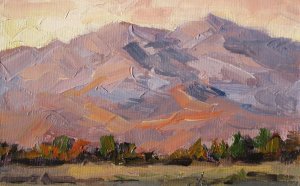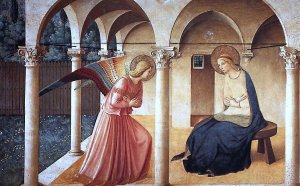Proto Renaissance Art
Share this Post
Related posts
Simple Renaissance Art
DECEMBER 19, 2025
We live in a world that’s highly technical and specialized. When a man goes to college these days, he spends his time learning…
Read MoreFamous Renaissance Art
DECEMBER 19, 2025
The great painters of the Renaissance period, many of whom focused on religious themes were often commissioned by well-to-do…
Read More





